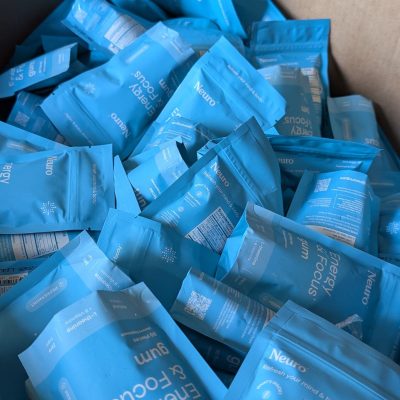Desert Research Institute is a recognized world leader in basic and applied environmental research, committed to scientific excellence and integrity. Our scientists and the students who work alongside them are conducting impactful research to better understand and help address some of the most pressing environmental challenges – right here in Southern Nevada and around the globe. I’m pleased to share some recent projects directly benefiting Southern Nevadans.
A Changing Flood Recipe for Las Vegas
Researchers from DRI, the Clark County Regional Flood Control District, the University of Wisconsin-Madison, and the Guangdong University of Technology examine Las Vegas’ changing flood regime. Their results show that flood intensity has increased since the mid-20th century, with an abrupt shift occurring in the mid-1990s.
Climate change has also shifted flood seasonality, with the storms and their resultant floods now occurring more frequently in winter, in contrast with the historically stronger summer monsoon season. The new research demonstrates an overall picture of the shifting intensity and seasonality of floods in Las Vegas.
The study authors are continuing to refine their understanding of flood risk in the region with an upcoming study that examines changing rainfall patterns in more detail.
Removing Turf-Grass Saves Water But May Increase Urban Heat
As cities across the Southwest are looking for ways to reduce water use during a historic drought, the focus has turned to the removal of grass lawns. The practice is recommended by the Southern Nevada Water Authority and written into Nevada state law with AB356.
However, this shift from turf grass could also increase urban heat, according to a study by researchers from DRI, ASU, and UNLV. The researchers found that more water-intensive landscapes with trees and turf grass had lower surface and air temperatures. In landscapes with water-saving desert plants, air temperatures averaged more than 5 degrees warmer. Landscaping that included plants requiring heavy and light irrigation provided a compromise by reducing water use while providing more daytime cooling.
The study also examined the role of buildings in providing shade, a research area that could lead to more informed use of building orientation for maximizing summer shade.
Making It Rain in Red Rock Canyon
Save Red Rock is partnering with DRI on a cloud-seeding research program to augment precipitation in the Red Rock Canyon area of the Spring Mountains. The goal is to help replenish the aquifers within the Red Rock Canyon National Conservation Area.
The partnership is working to alleviate some of the devastating effects of the long-term drought by stimulating additional snowfall from winter storm clouds crossing the area. In addition, research is being conducted to study the feasibility of seeding summer monsoonal clouds.
This safe and effective method is used around the world to enhance precipitation by sending silver iodide – a natural and non-toxic compound – into potential storm clouds to increase the likelihood of precipitation. DRI has been pioneering seed-clouding programs since the early 1960s.
STEM Education
STEM education in Nevada received a $975K Congressional Directed Spending award, of which more than $785K was awarded to DRI for its Science Alive K-12 education program. As part of this federal funding, DRI developed a new educator training lab containing reservable 3D printers, engineering, technology, and biological science supplies. This space will also serve as a lending library for educators and pre-service teachers in the Las Vegas area.
Another exciting project made possible by this funding is the creation of six new Green Boxes for grades K – 5. DRI’s Green Box program consists of self-contained STEM kits with hands-on and Next Generation Science Standards aligned curriculum and all supplies needed for a classroom of up to 35 students.
These kits are free to use, with shipping covered by DRI. UNLV’s pre-service educators will test the kits, and then DRI will replicate each kit 10 times, resulting in a total of 60 new Green Boxes.
I’m honored that DRI’s impactful science and inspiring solutions support Nevada’s diverse economy, provide science-based educational opportunities, and inform policymakers, business leaders, and community members.
Sincerely,
Kumud Acharya, Ph.D.
DRI President




